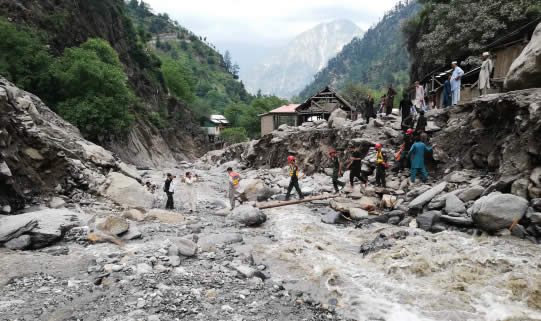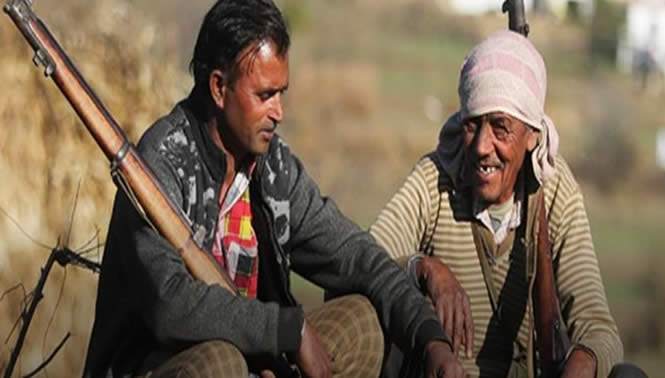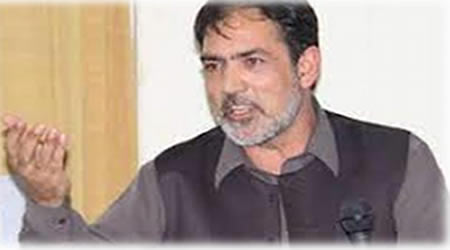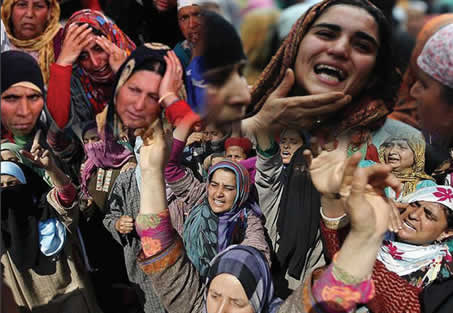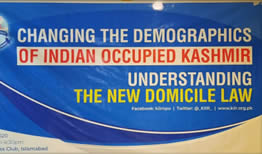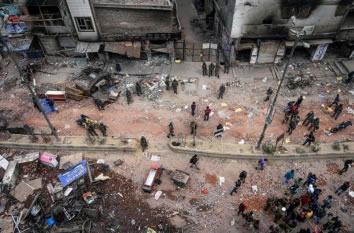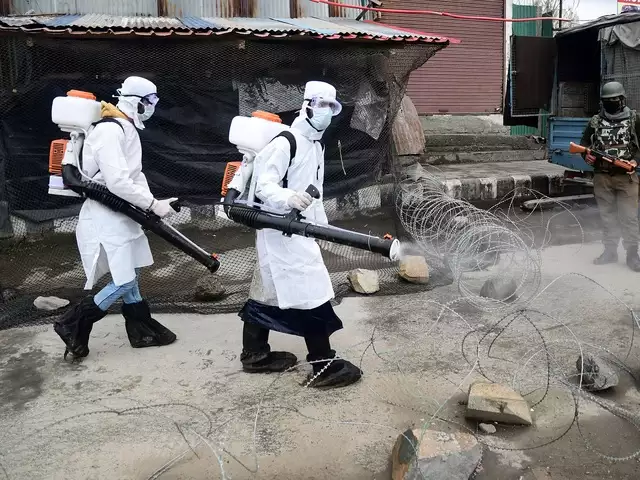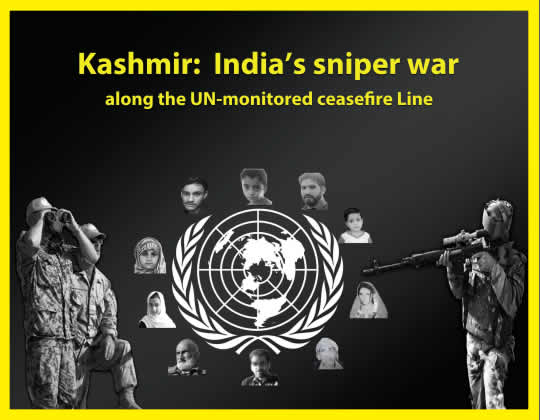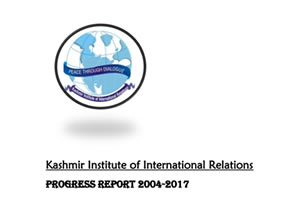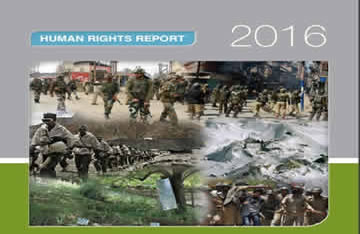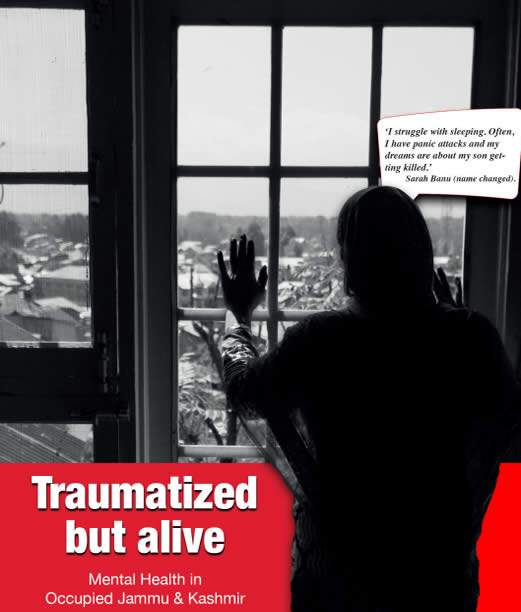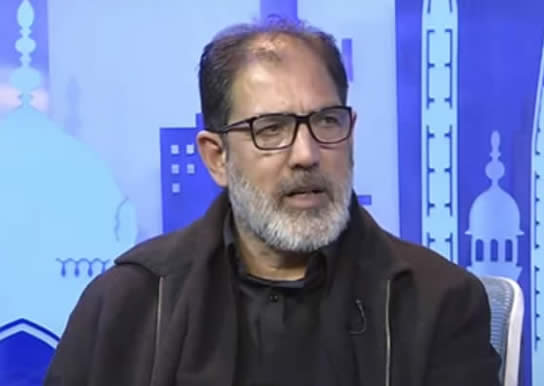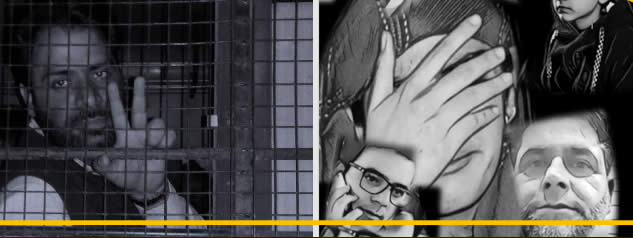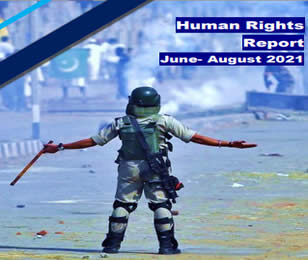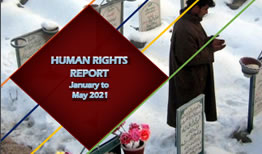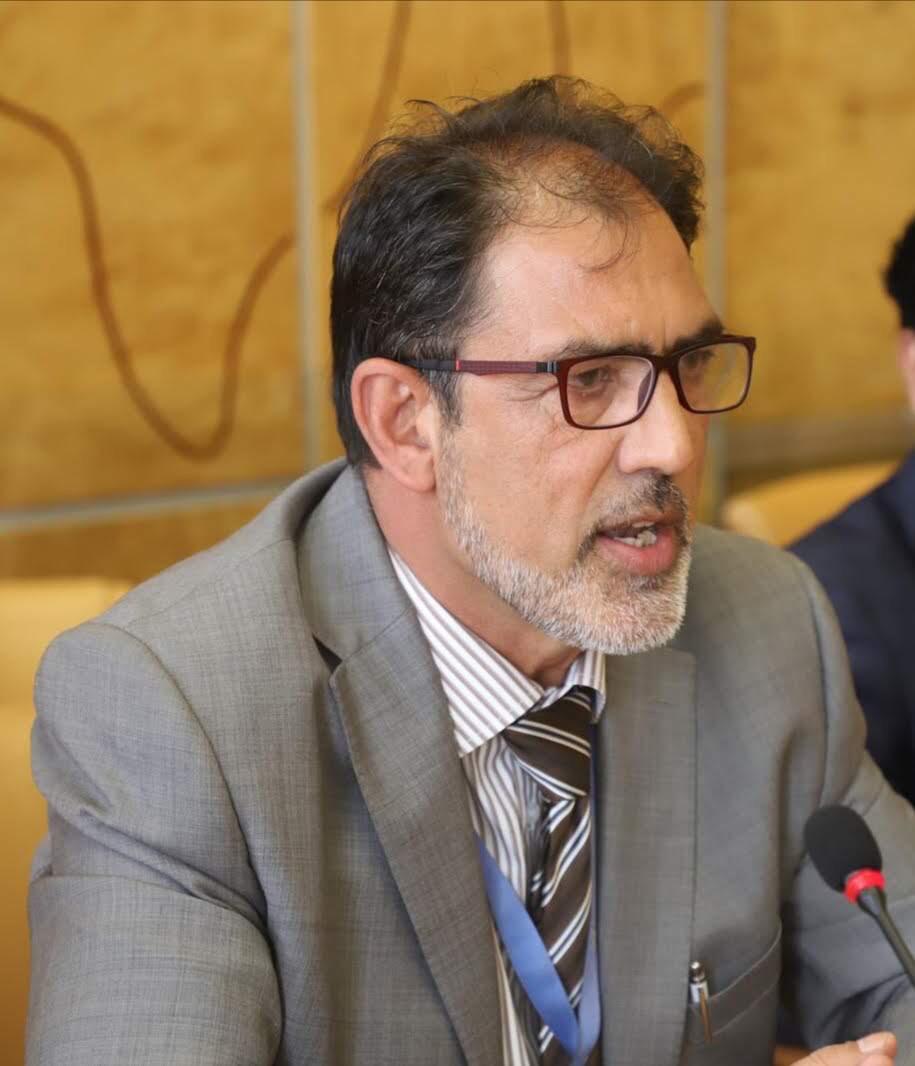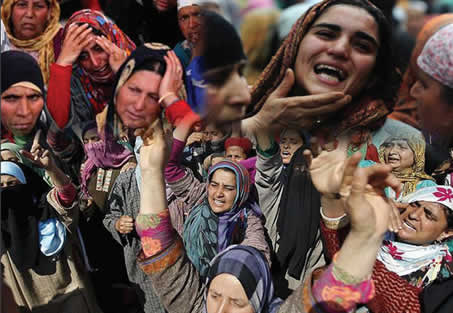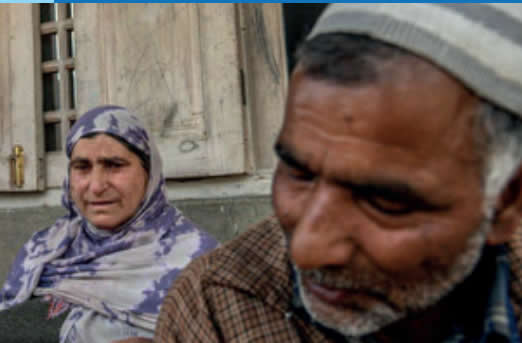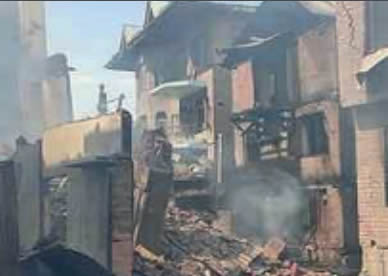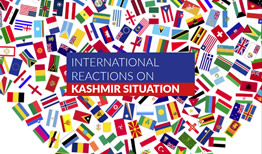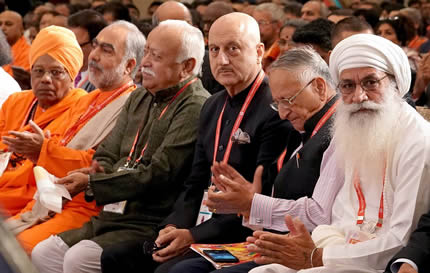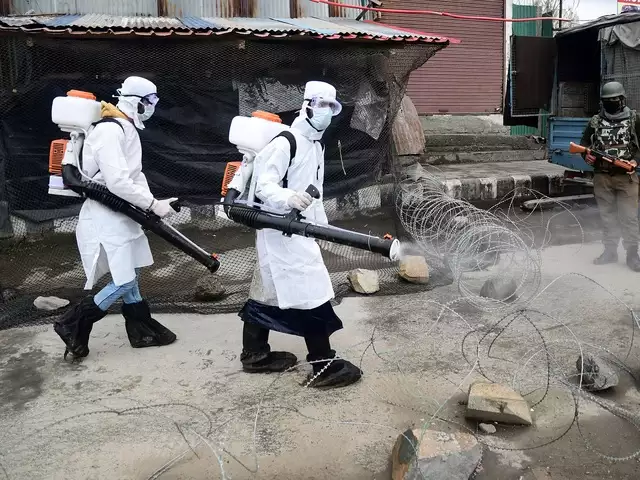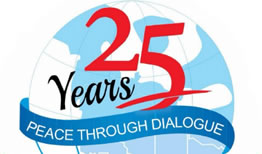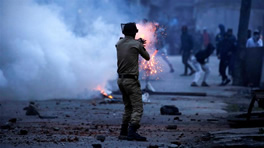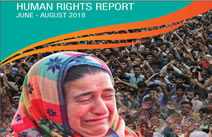Pahalgham Carnage : India's False Flage Operation to Justify Occupation
Pahalgham Carnage : India's False Flage Operation to Justify Occupation
The April 22, 2025, massacre in Pahalgam, which left 28 dead, was not merely a “terrorist attack” as claimed by Indian authorities, it bears the hallmarks of a calculated false flag operation. In a conflict-ridden territory like Indian-occupied Jammu and Kashmir, where state narratives routinely mask state violence, the speed, scripting and contradictions of the Pahalgam incident demand critical scrutiny. This was not a failure of intelligence, it was the exploitation of intelligence to serve a political script. The facts speak louder than the official narrative. The attack occurred in a high-security zone just six kilometers from the local police station and under heavy military surveillance. Yet four armed assailants allegedly entered, verified identities, made religious demands and executed a massacre in under 20 minutes.
Most strikingly, an FIR was filed at 14:30 pm, barely 10 minutes after the shooting ended, already attributing the attack to “foreign-backed terrorists.” This is not procedural efficiency; it is evidence of a premeditated script. How could such specificity be established within minutes unless the narrative was prepared in advance? Furthermore, India claims that over a thousand people were present at the scene. It defies logic that four unidentified attackers could execute such an assault in broad daylight, in full view of hundreds, without a single security checkpoint intervening. Pahalgam is one of the most militarized zones in Kashmir, dotted with security installations, surveillance cameras and no-entry points for private vehicles. How, then, did theassailants manage to infiltrate, execute the attack and disappear without leaving a trace any security feed? The contradictions grow deeper.
Indian officials vacillated between describing the assault as “targeted killing” and “indiscriminate firing,” while eyewitnesses presented inconsistent accounts. Such confusion is characteristic not of spontaneous events but of hastily stitched cover-ups. Moreover, Indian media launched an anti-Pakistan campaign immediately, before any forensic inquiry, suggesting that the narrative was not driven by facts but by electoral and geopolitical interests. Pakistan’s Senate rightly condemned the attack and rejected India’s accusations as baseless and politically motivated.
The resolution called out India’s history of using false flag operations to malign Pakistan, distract from domestic crisis and intensify repression in Kashmir. The Pahalgam incident is not just a tragedy, it is a political tool. It follows the pattern of Pulwama 2019 and other staged provocations that serve Hindutva nationalism while silencing Kashmiri resistance. Until such tactics are exposed and challenged, justice in Kashmir will remain a casualty.
Related Reports
























